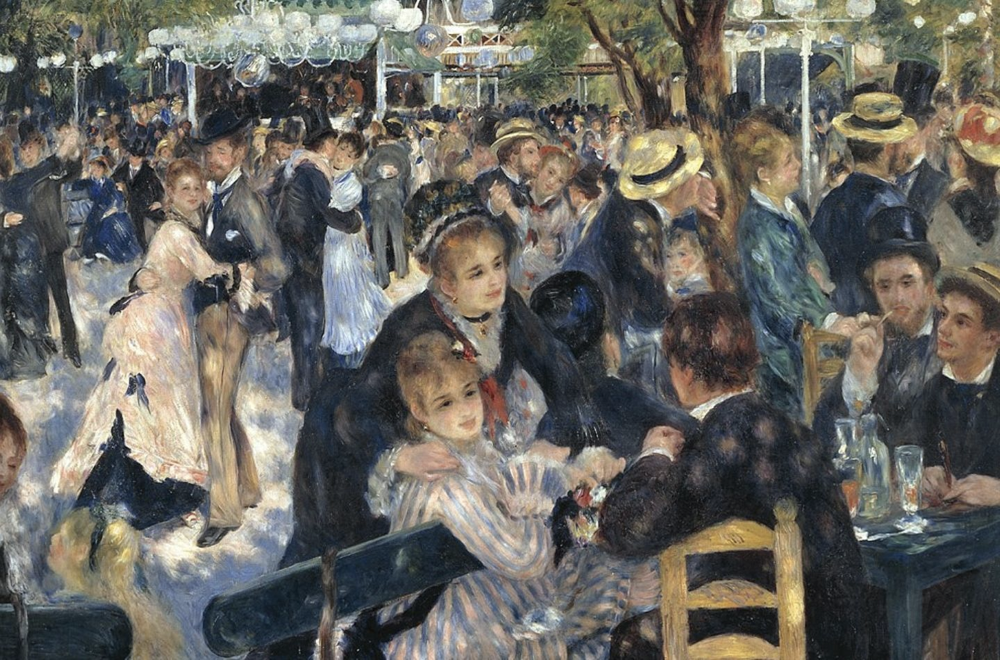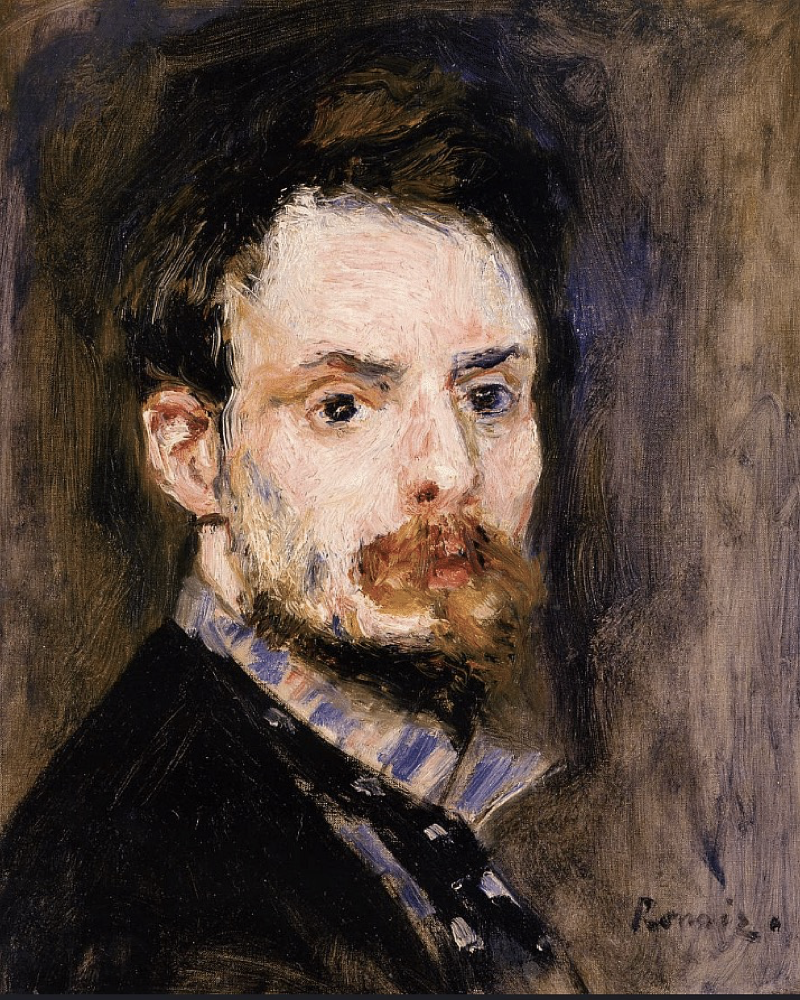Pierre-Auguste Renoir
Pierre-Auguste Renoir was one of the leading painters of the Impressionist movement. He developed a technique of broken brushstrokes and employed bold combinations of pure complementary colors to capture the light and movement of landscapes and figure compositions. After a visit to Italy in 1881, his style evolved to become more linear and classical in approach.
Renoir was born in Limoges, in southwestern France, and began his artistic career as a porcelain painter. He later moved to Paris and joined the studio of the fashionable academic painter Charles Gleyre around 1861–1862. Early on, he was influenced by Gustave Courbet. In Paris, he met fellow artists such as Claude Monet and Alfred Sisley, who would also become key figures in the Impressionist group. In 1869, he and Monet painted together along the banks of the Seine, during which time Renoir began to embrace a lighter palette.
During the 1880s, Renoir traveled extensively, visiting Italy, Holland, Spain, England, Germany, and North Africa. He greatly admired the works of Raphael, Velázquez, and particularly Rubens, whose influence is evident in Renoir’s mature works. His paintings often depict scenes of leisure and sensuality, reflecting a love of beauty and pleasure. Renoir once reportedly shocked his teacher Gleyre by declaring, “If painting were not a pleasure to me, I should certainly not do it.”





